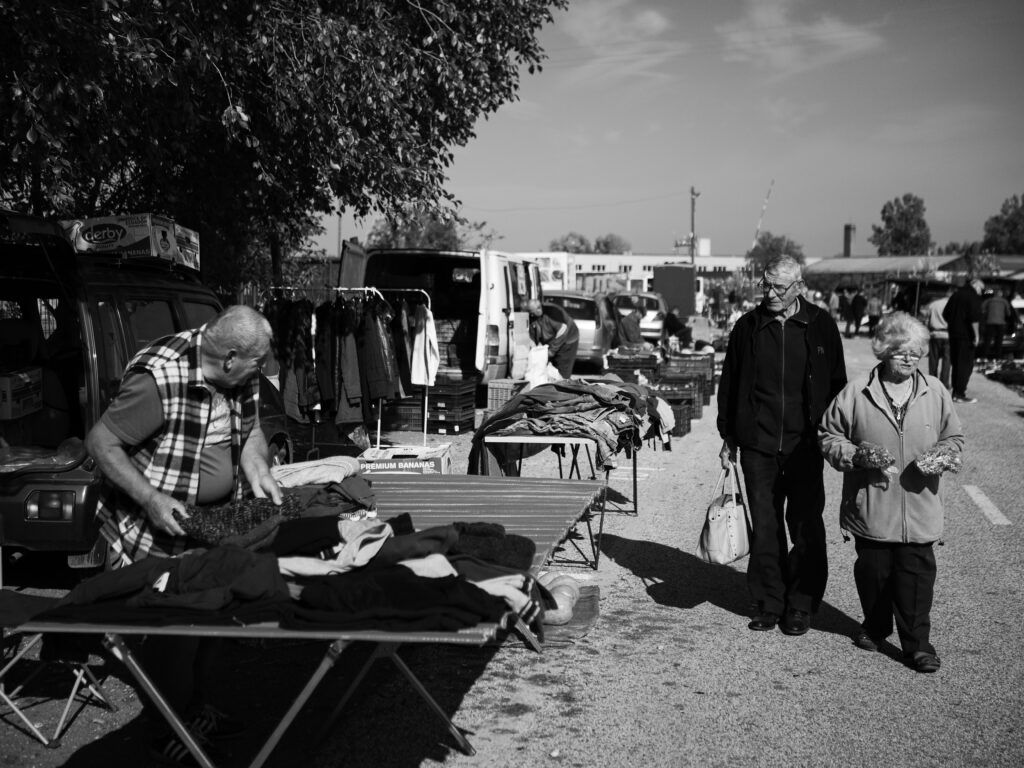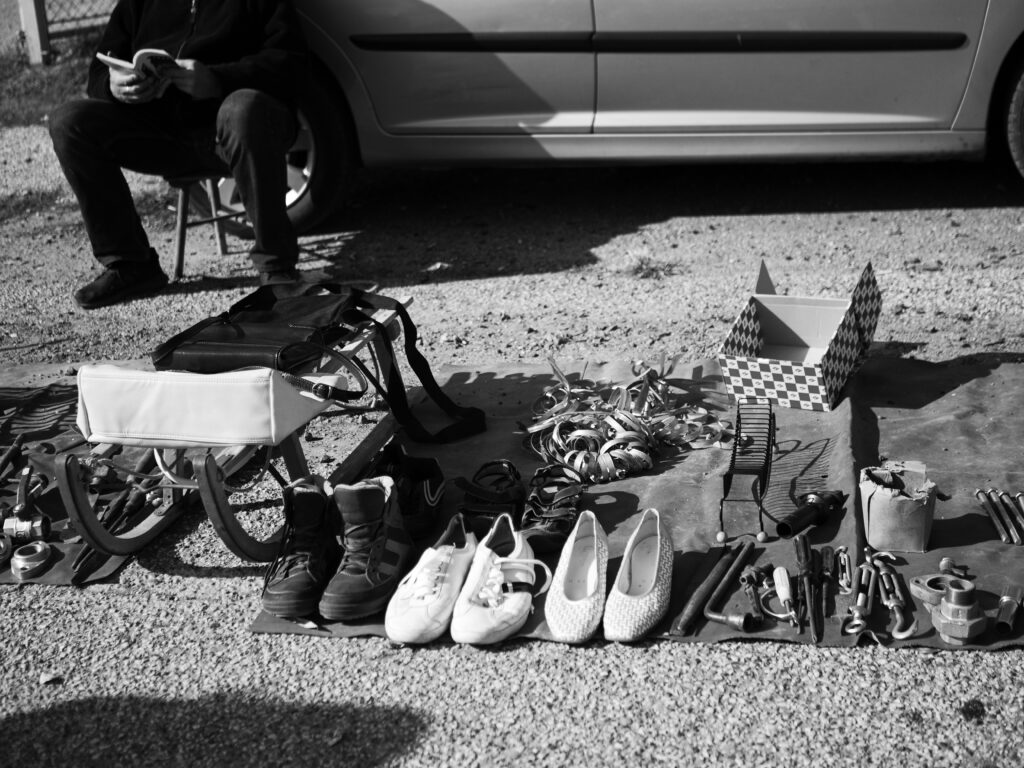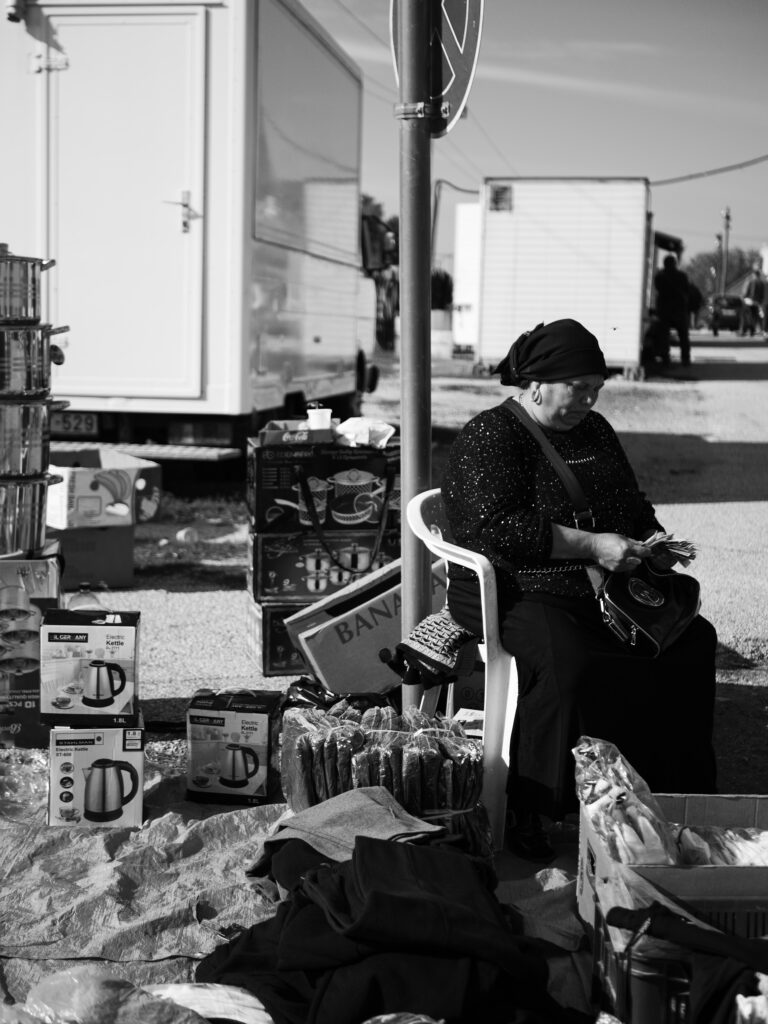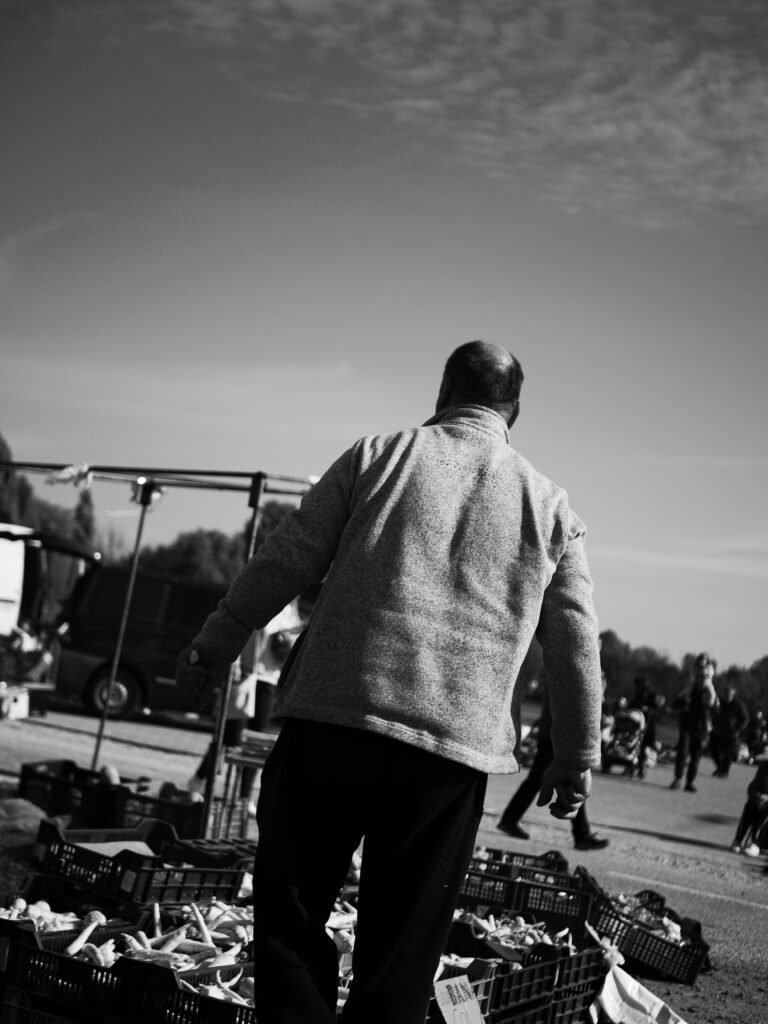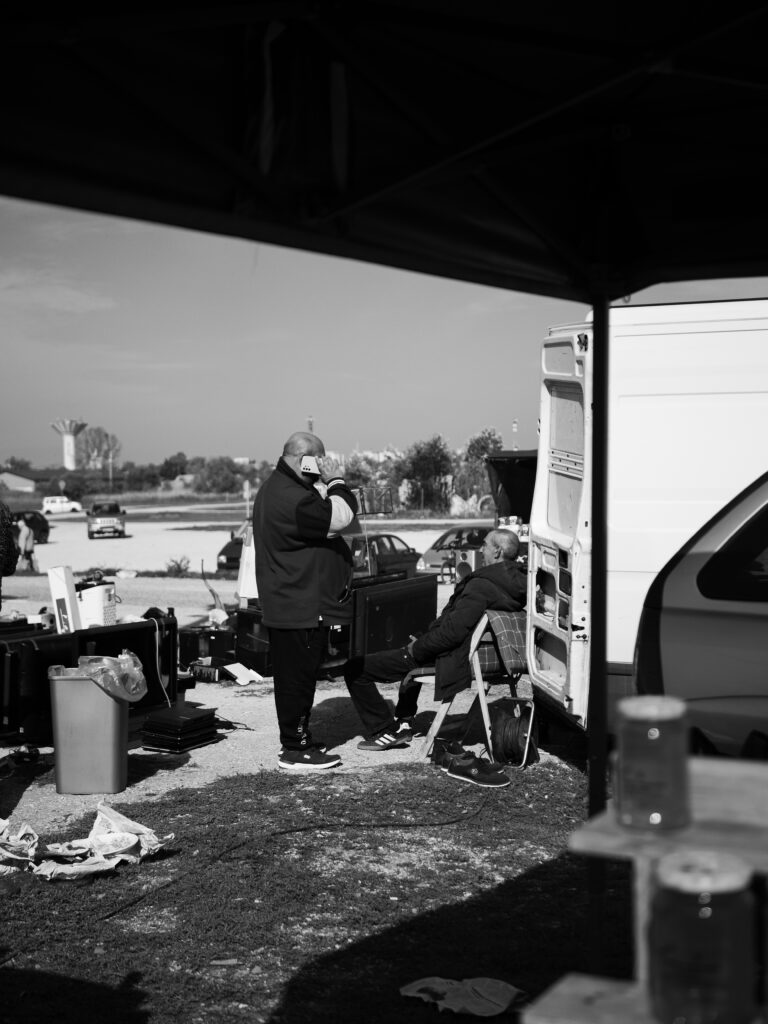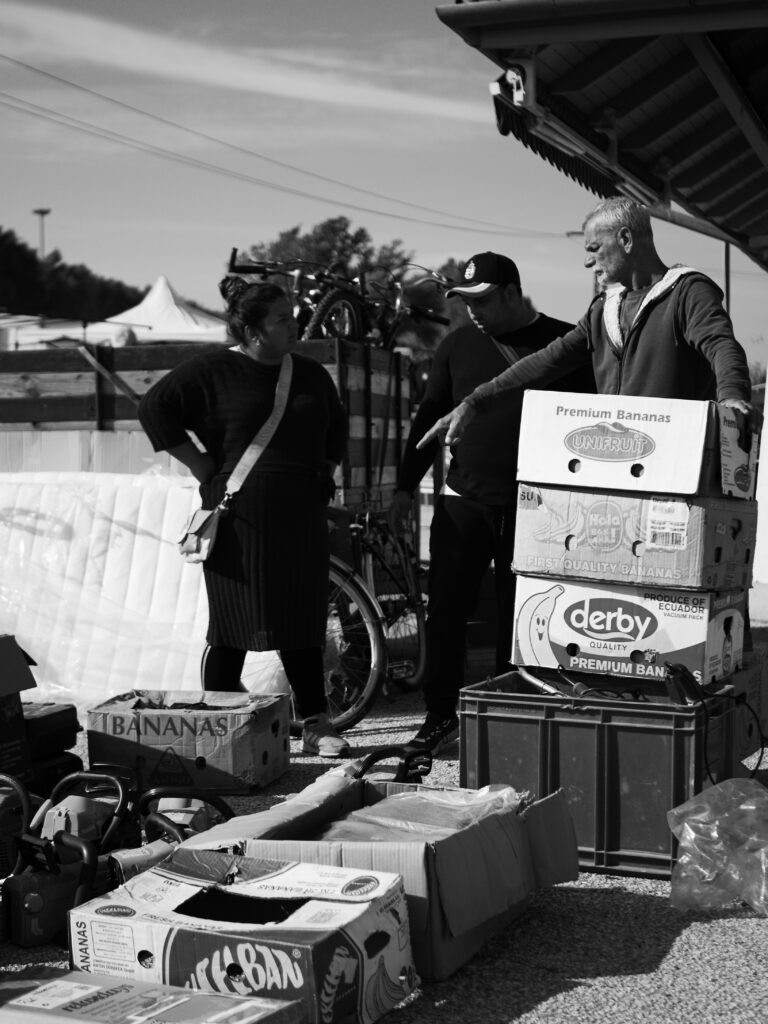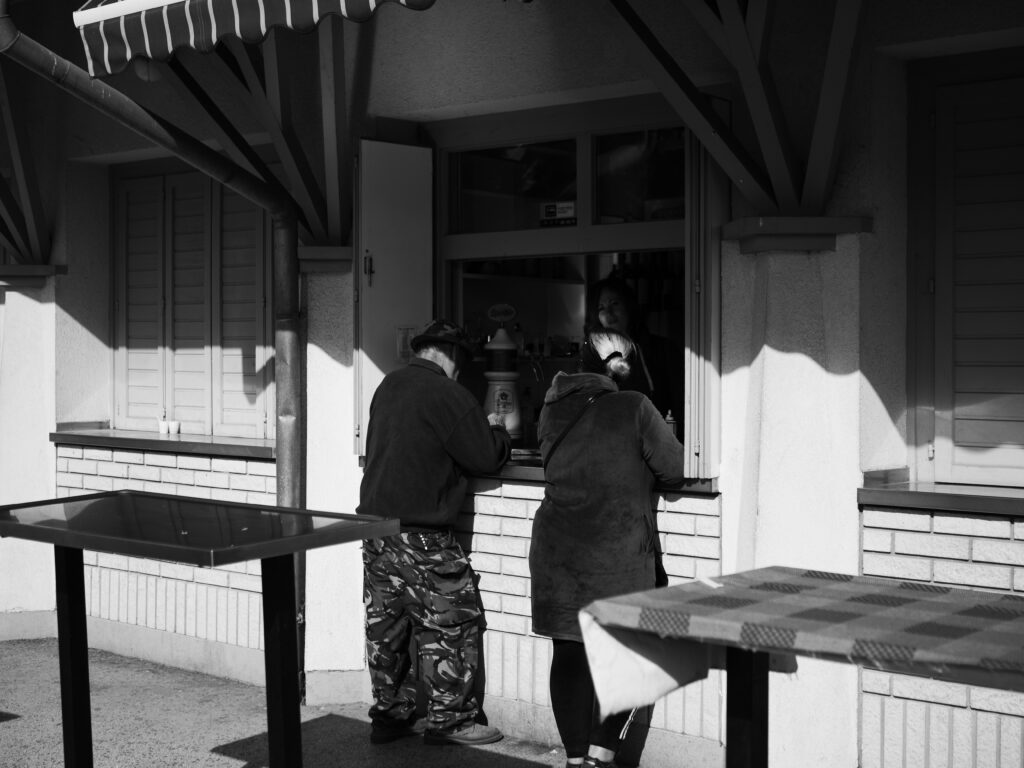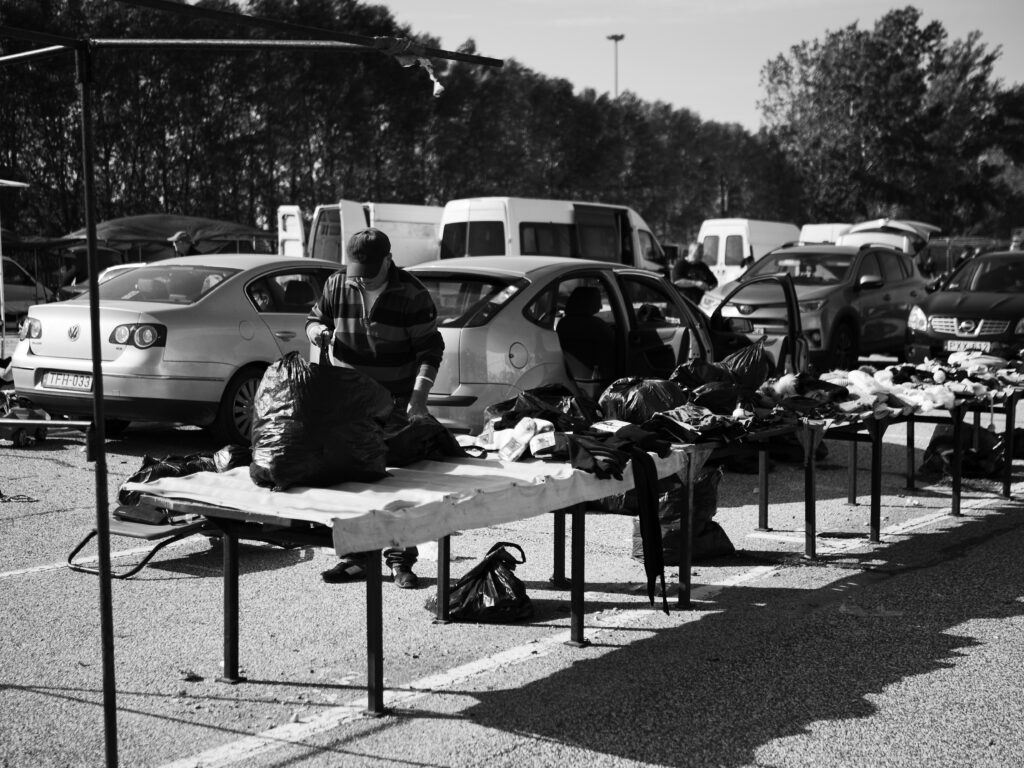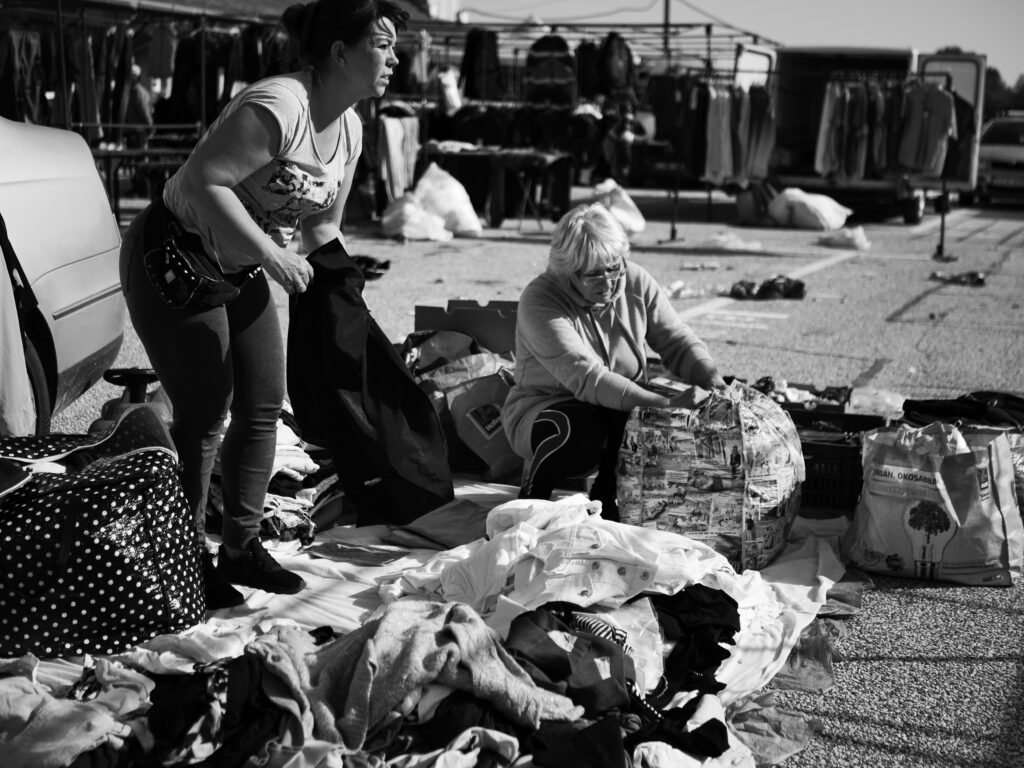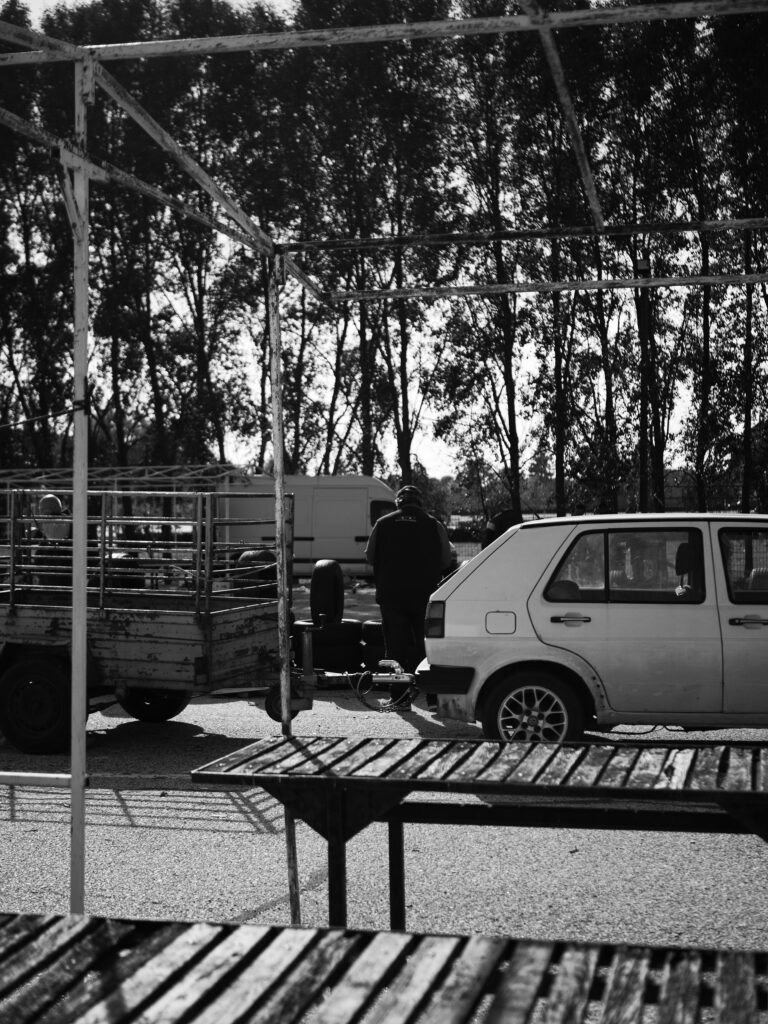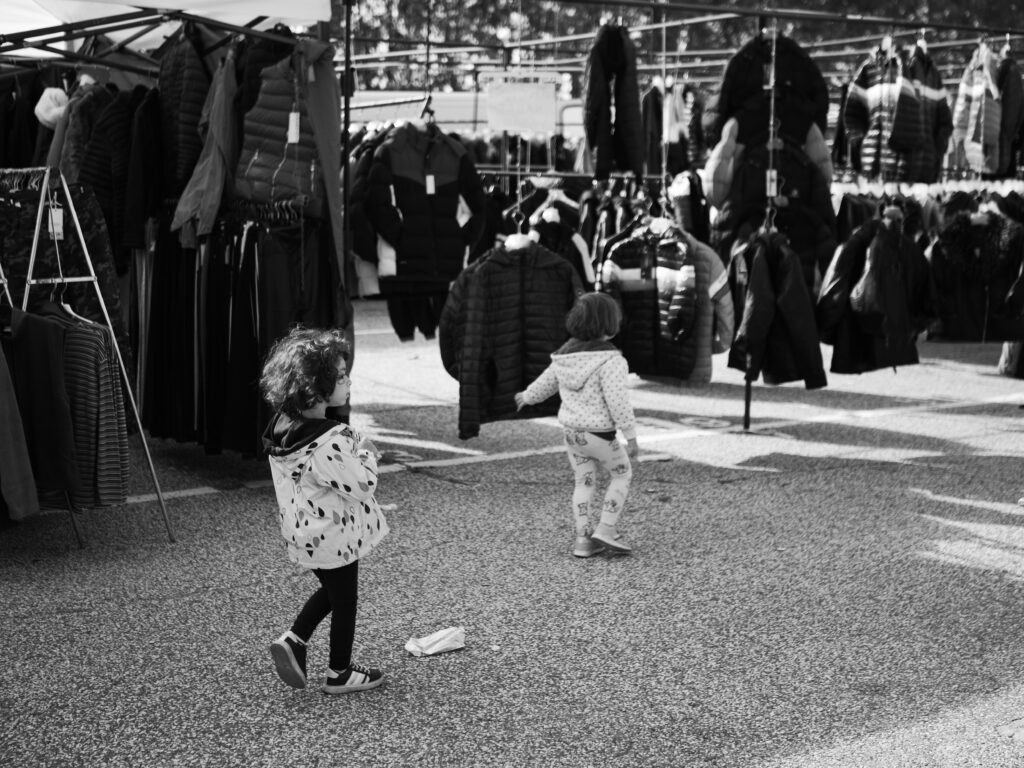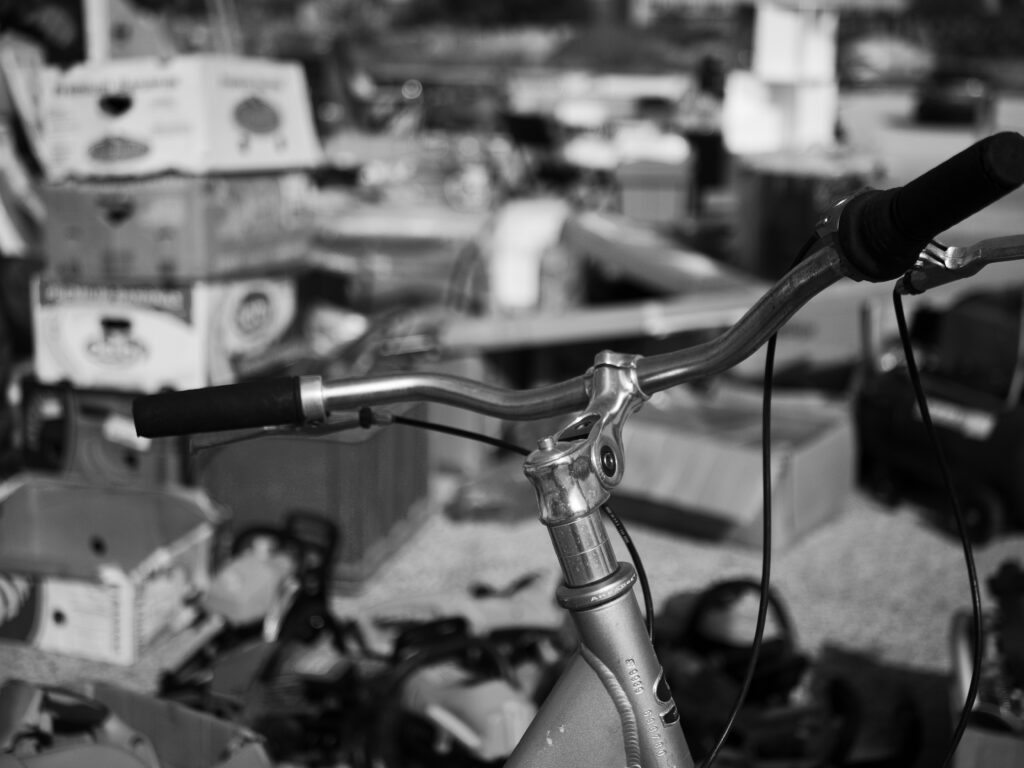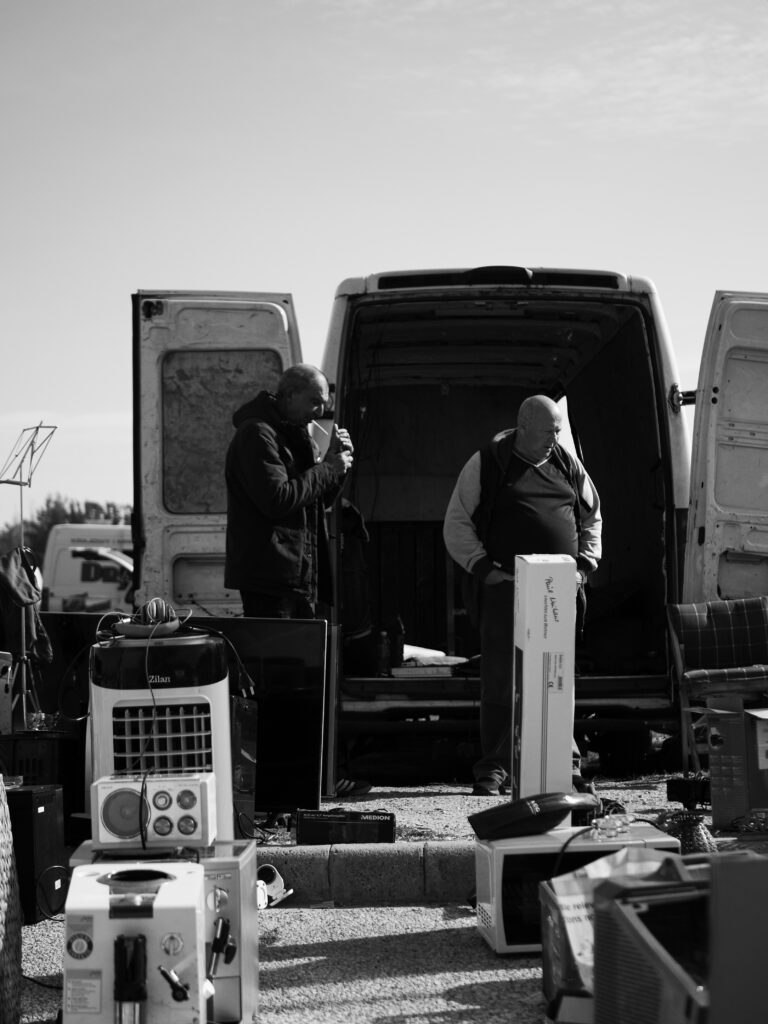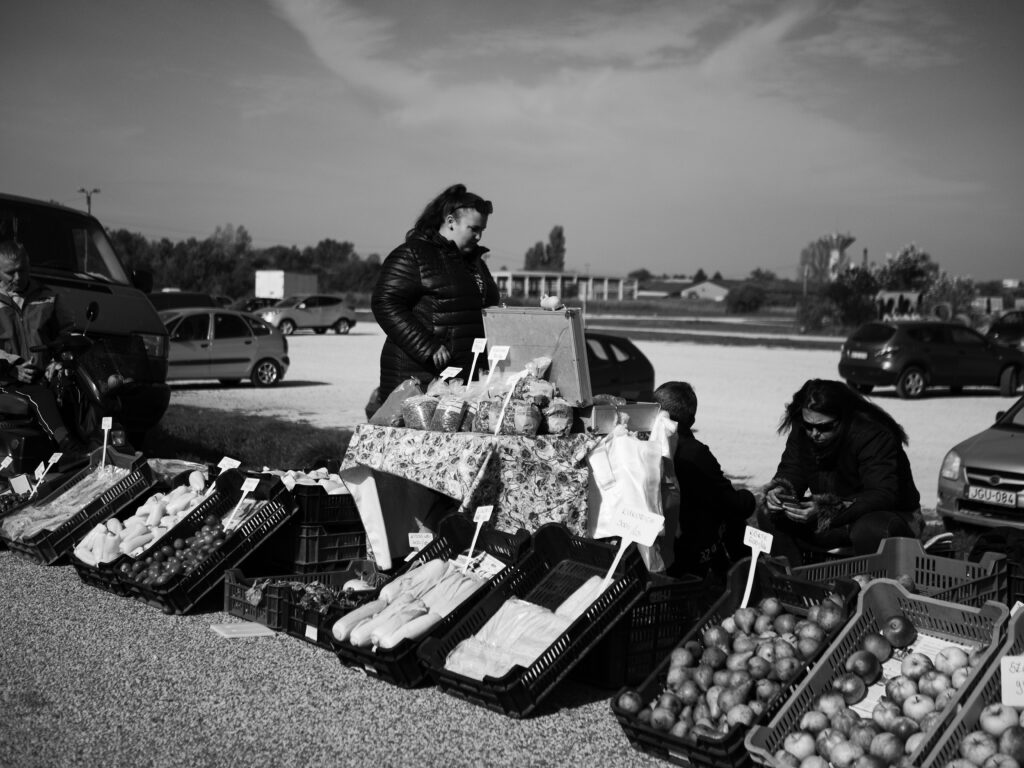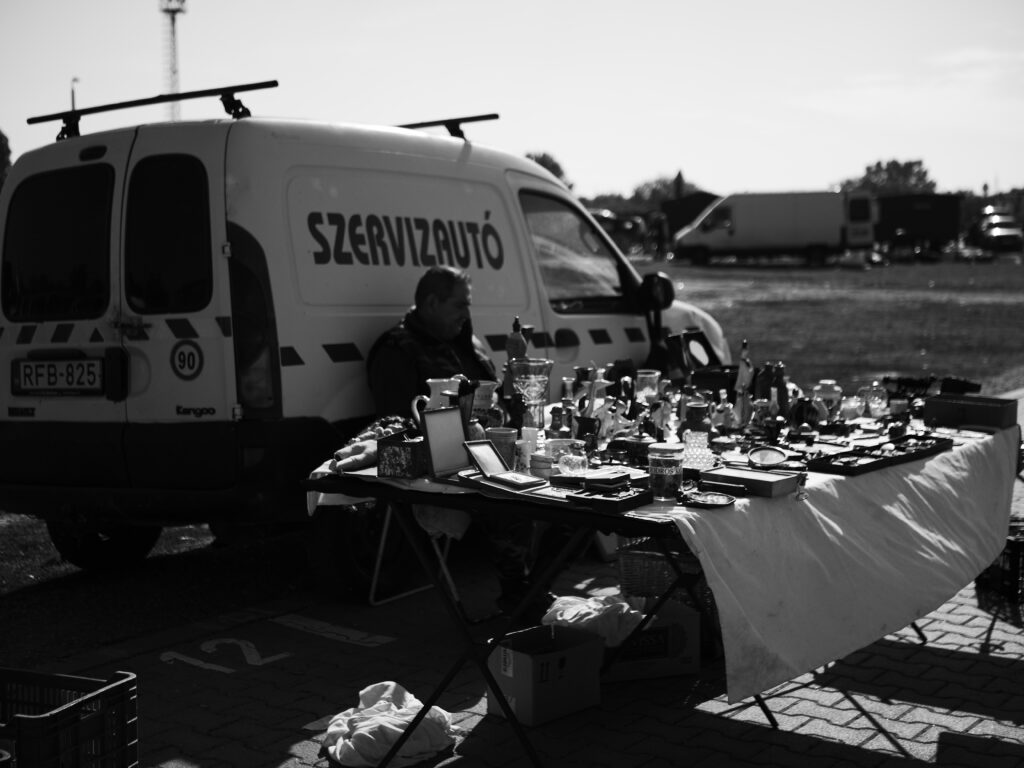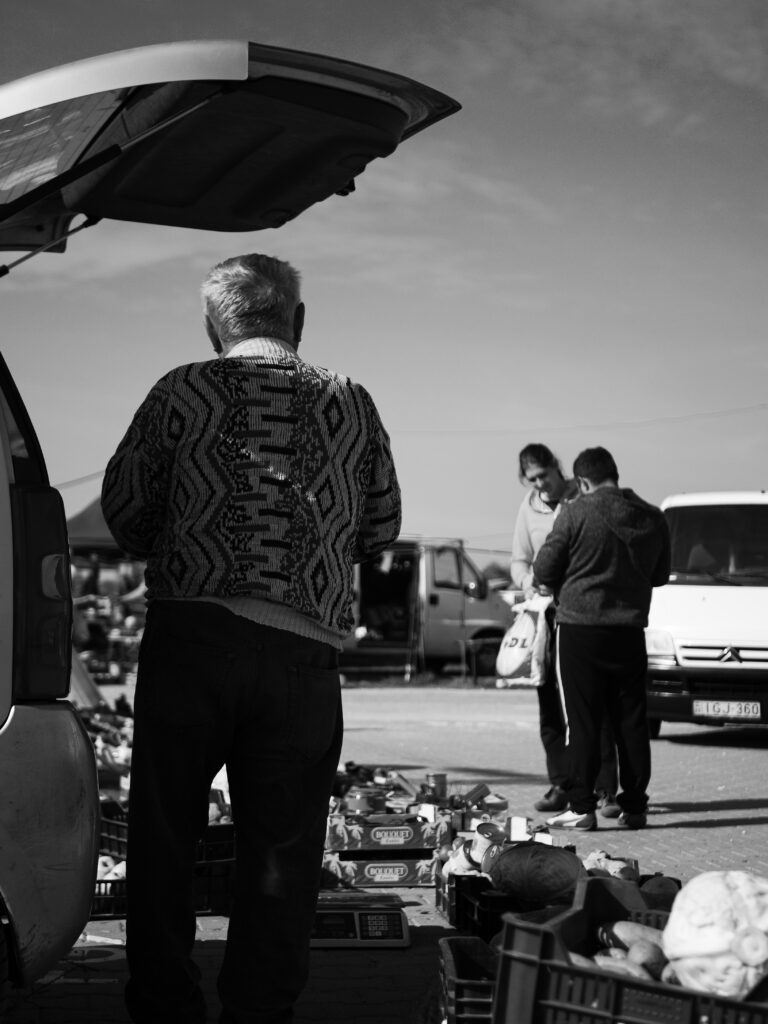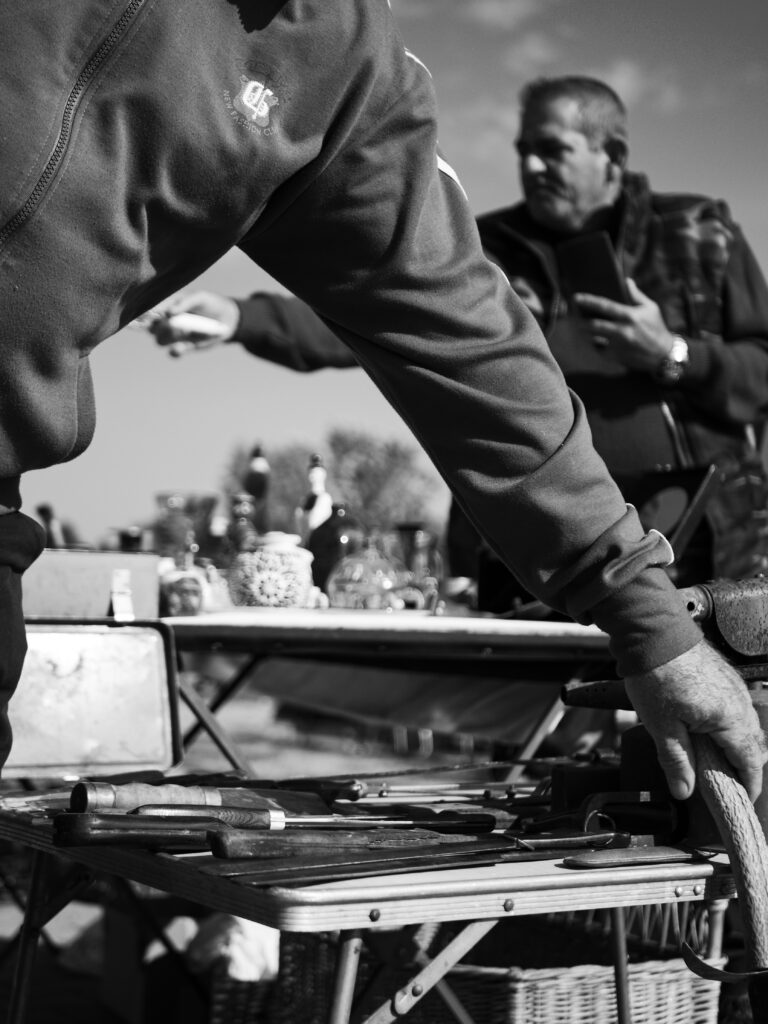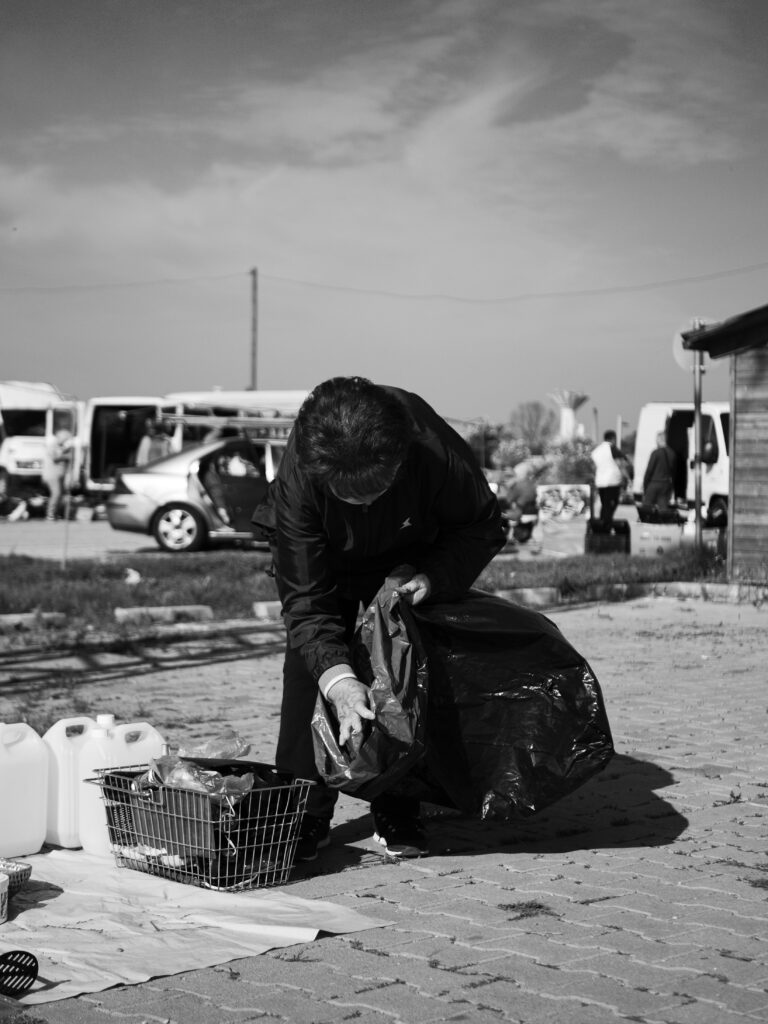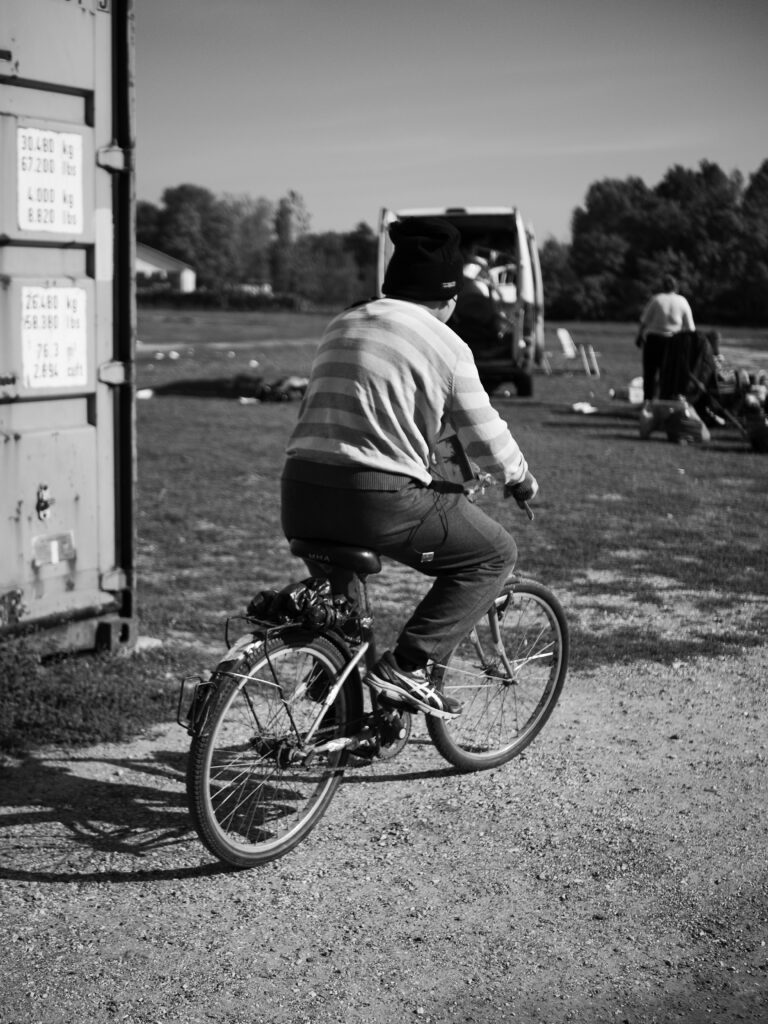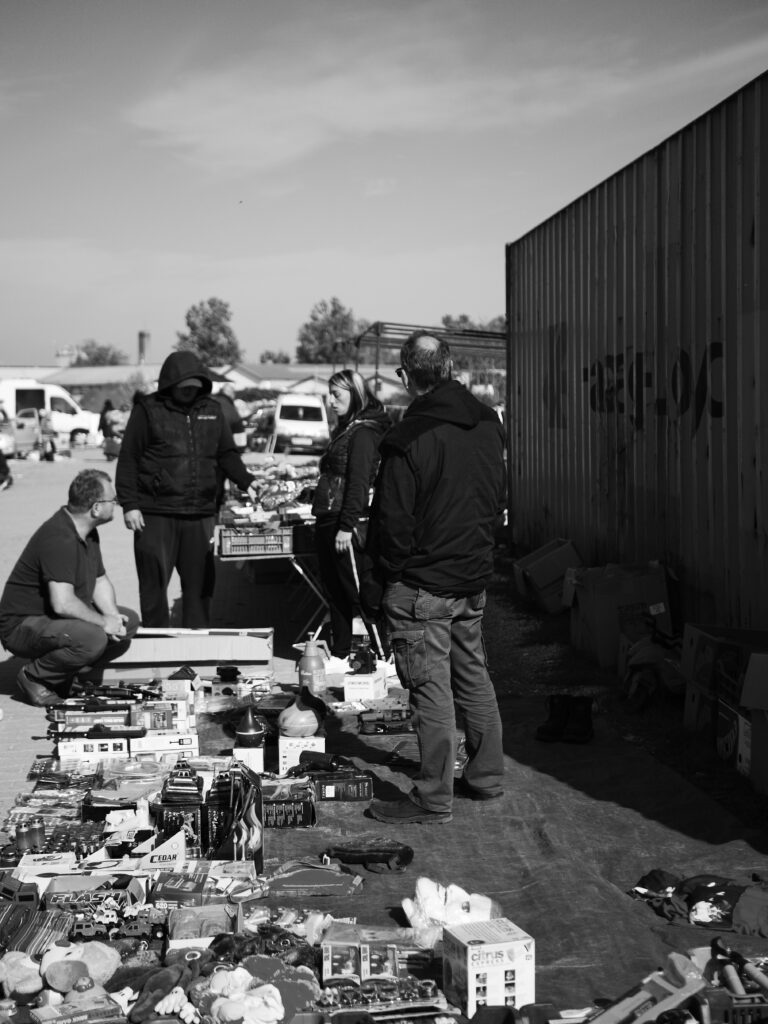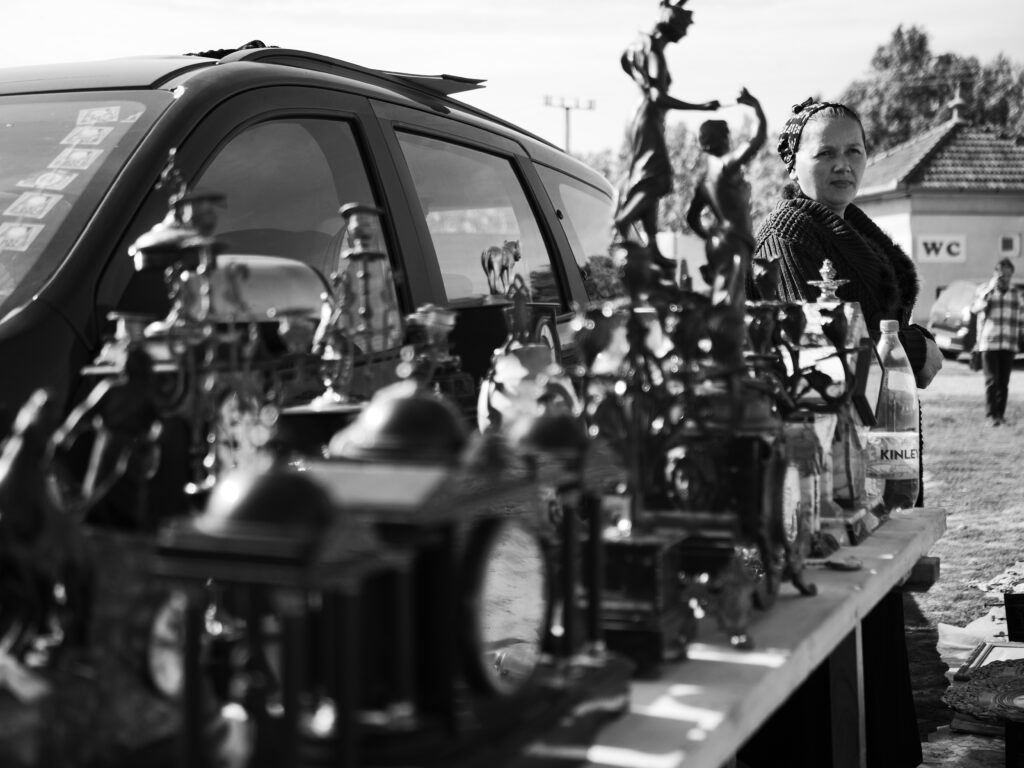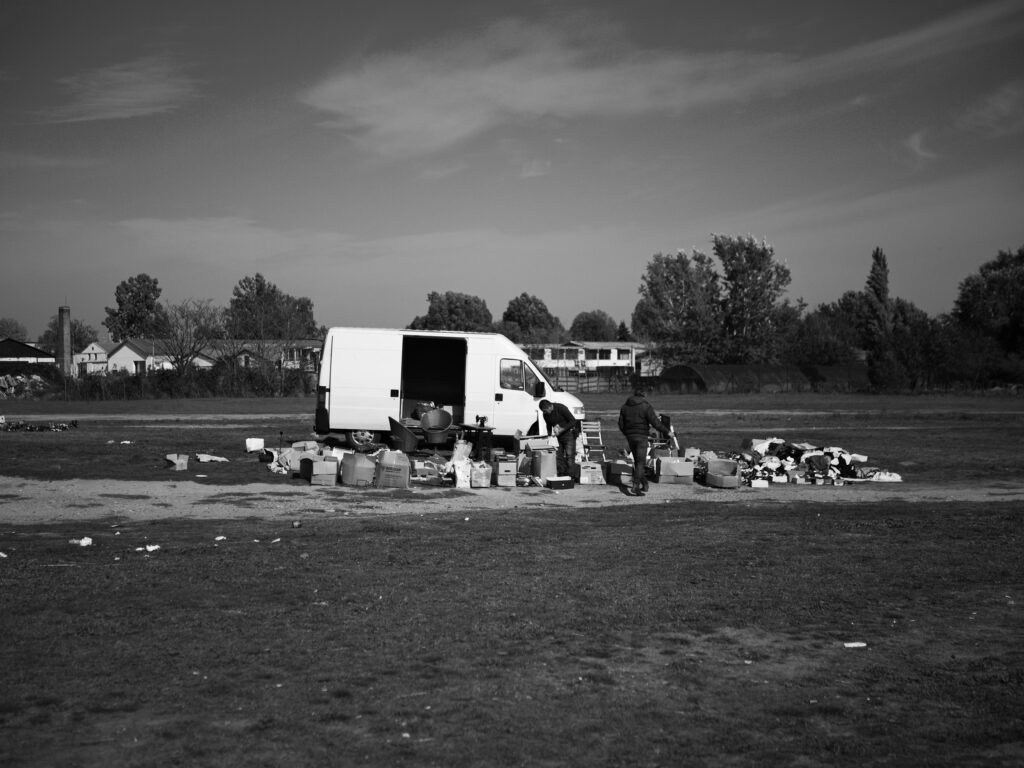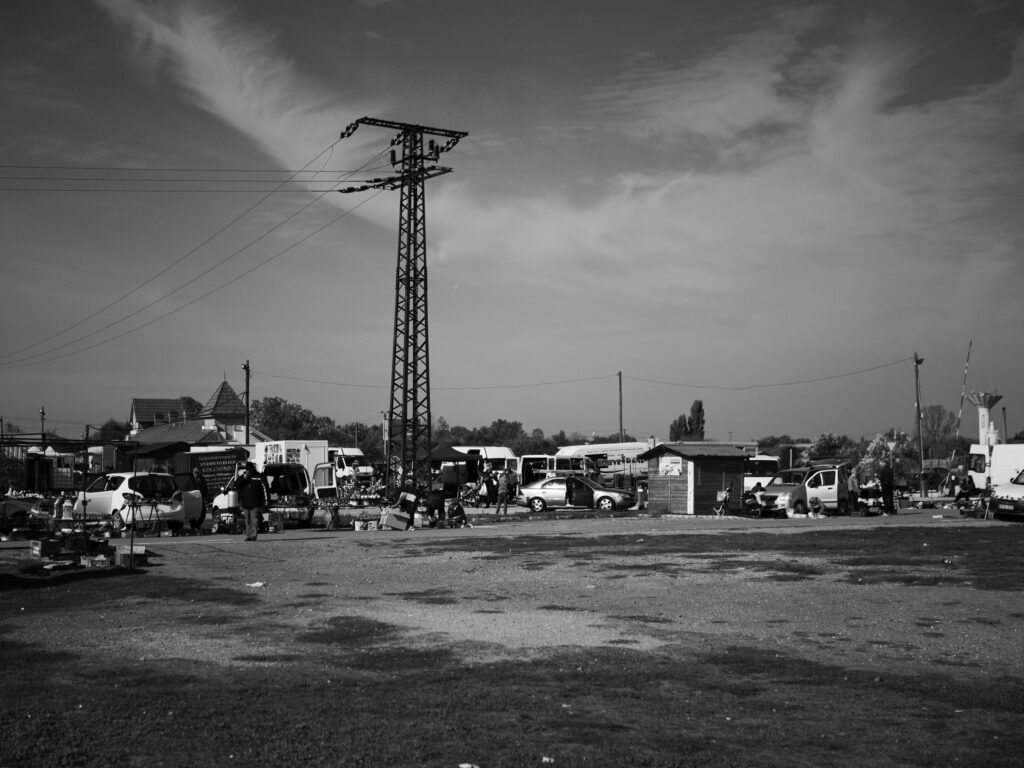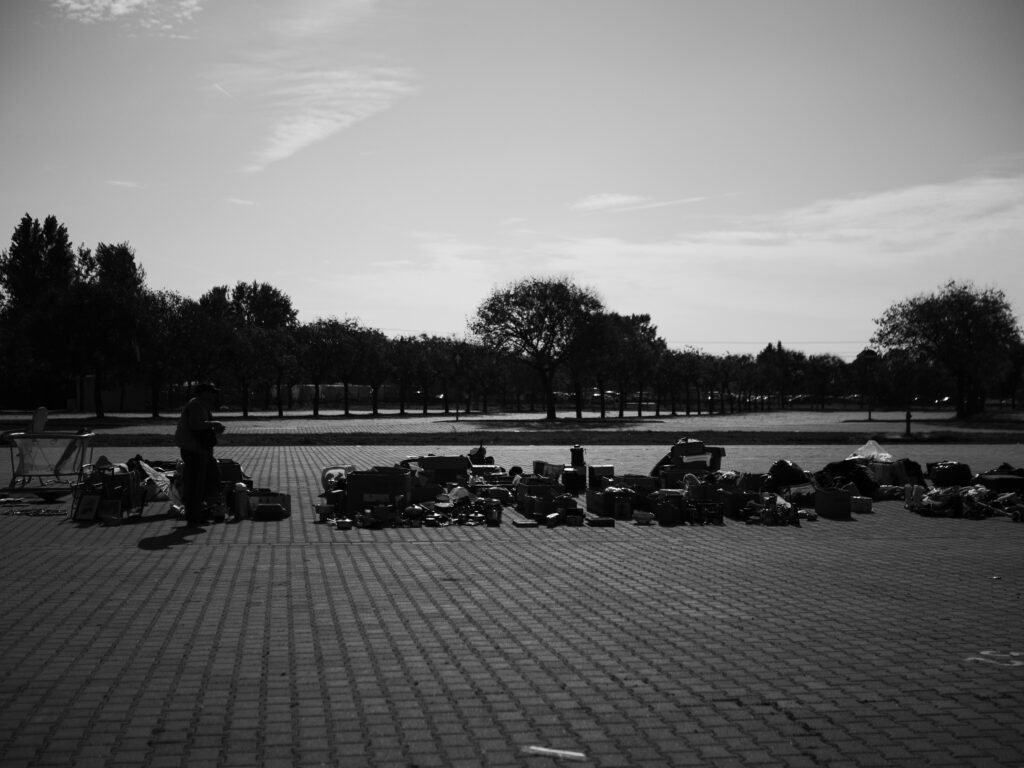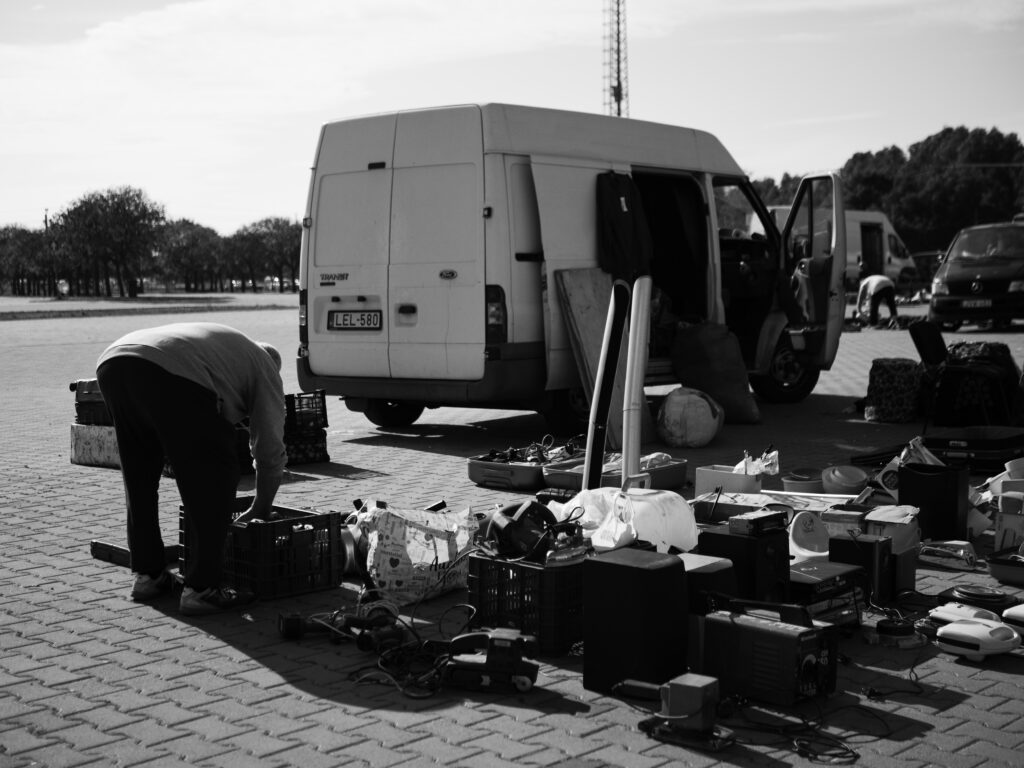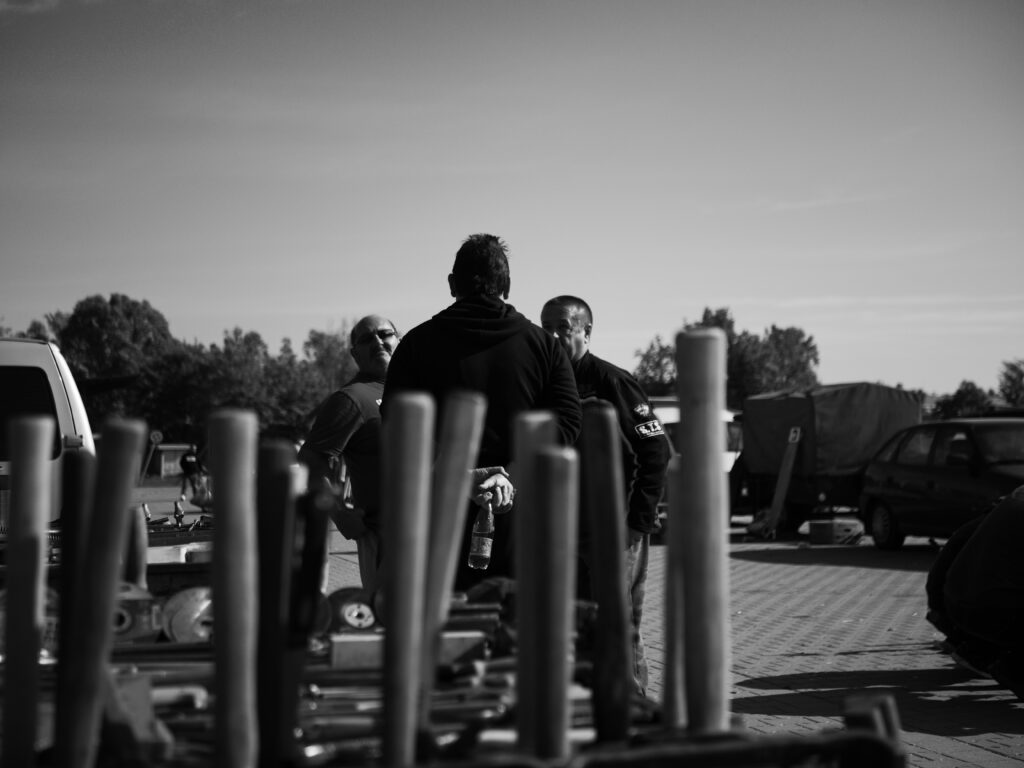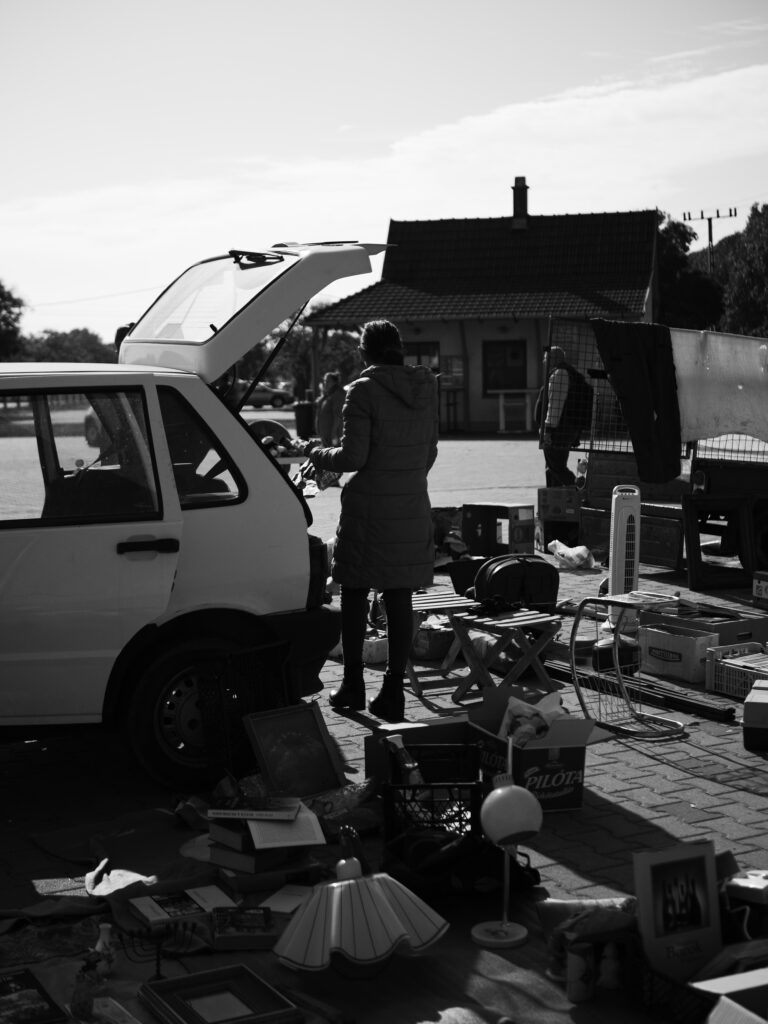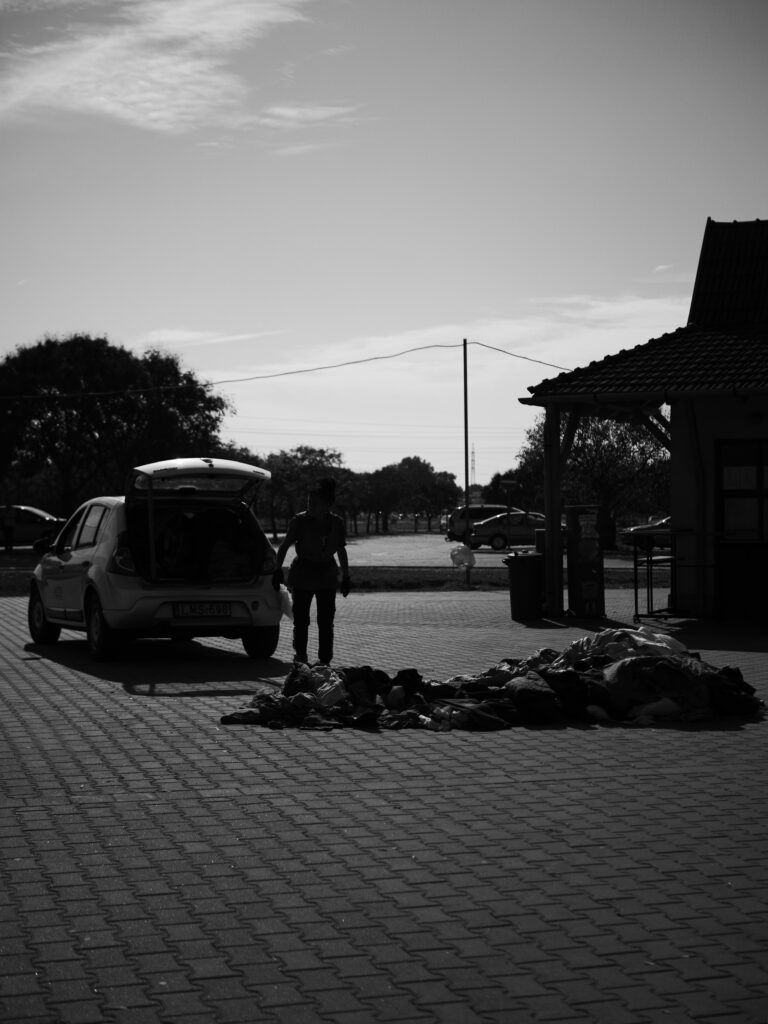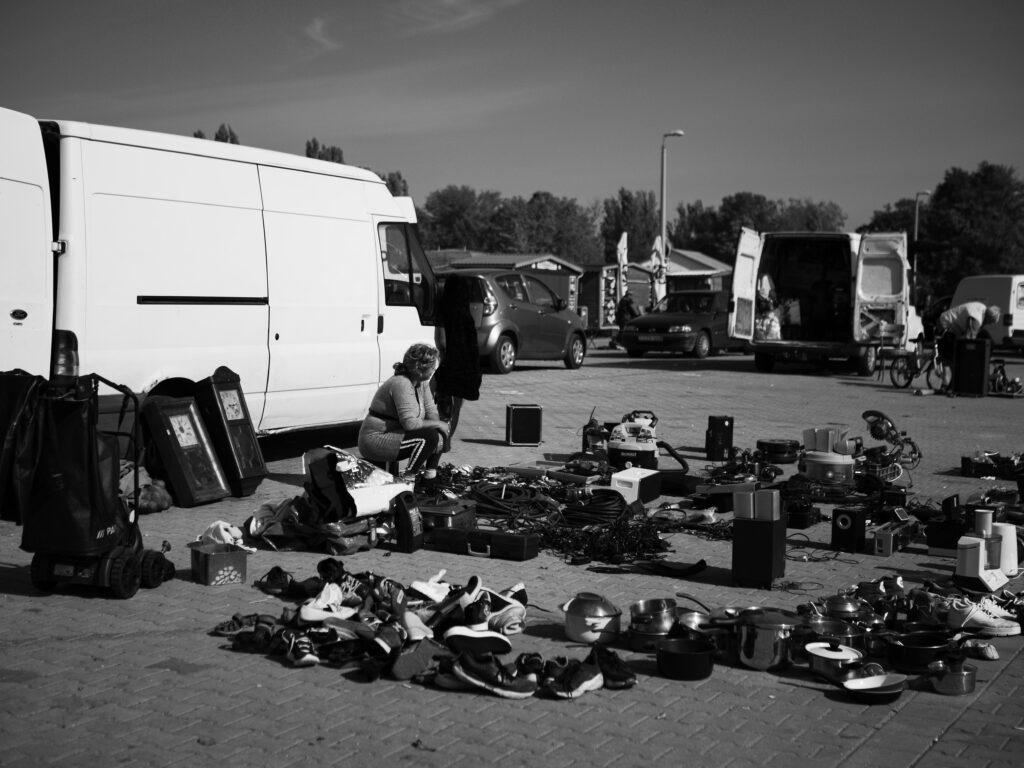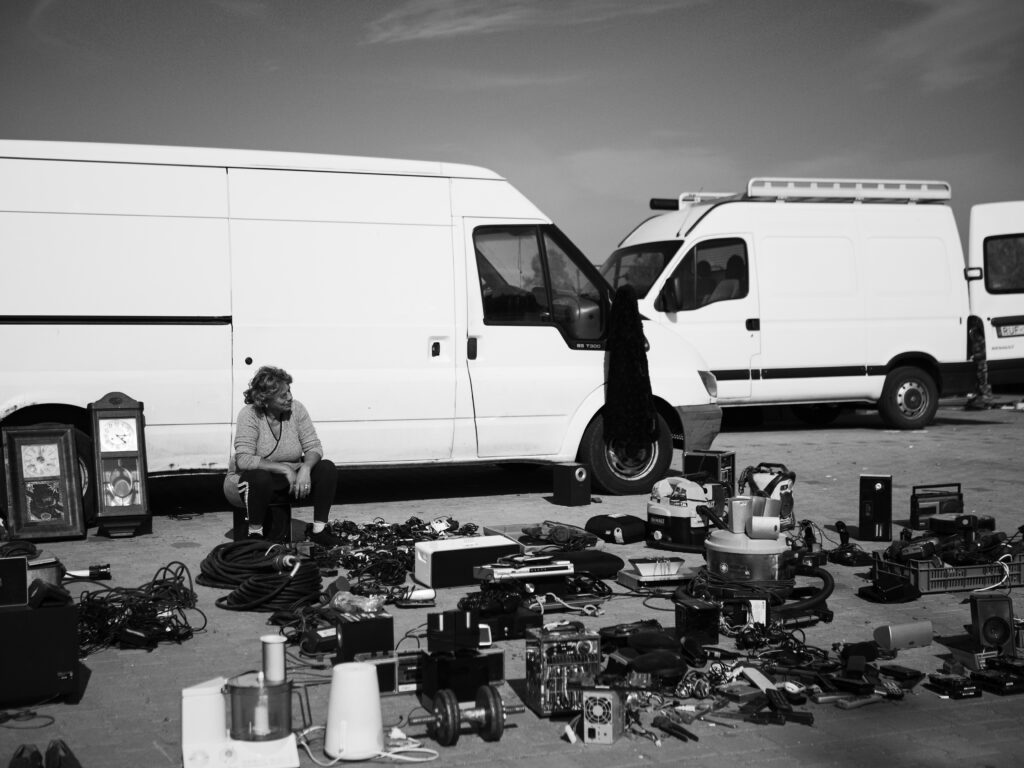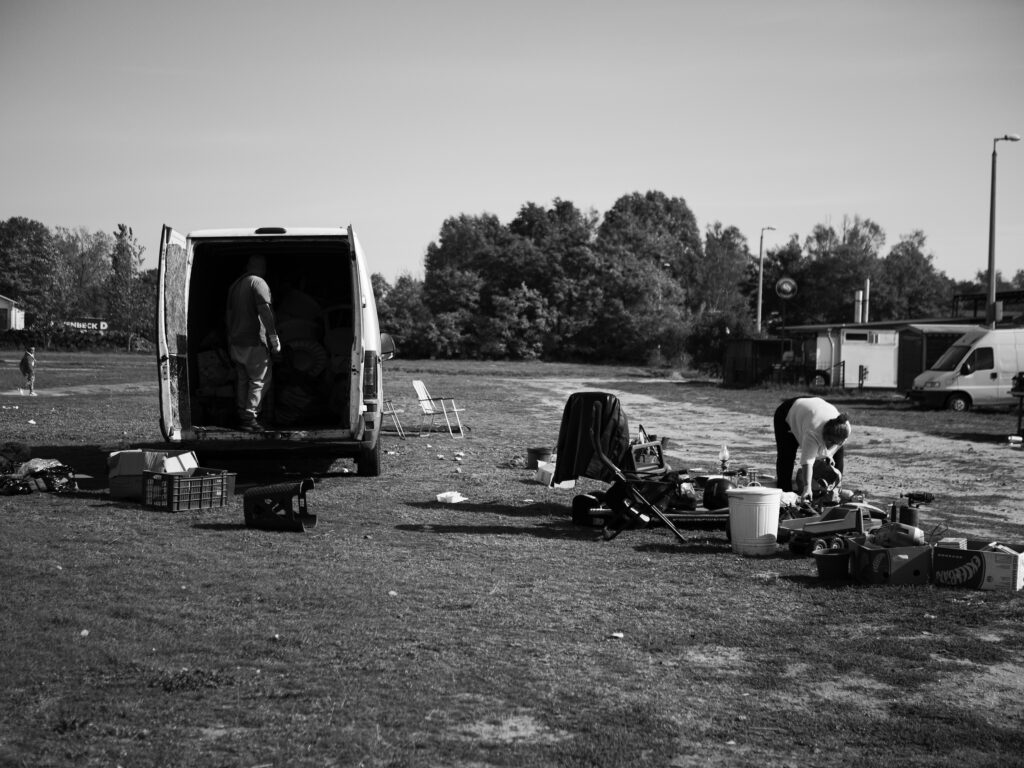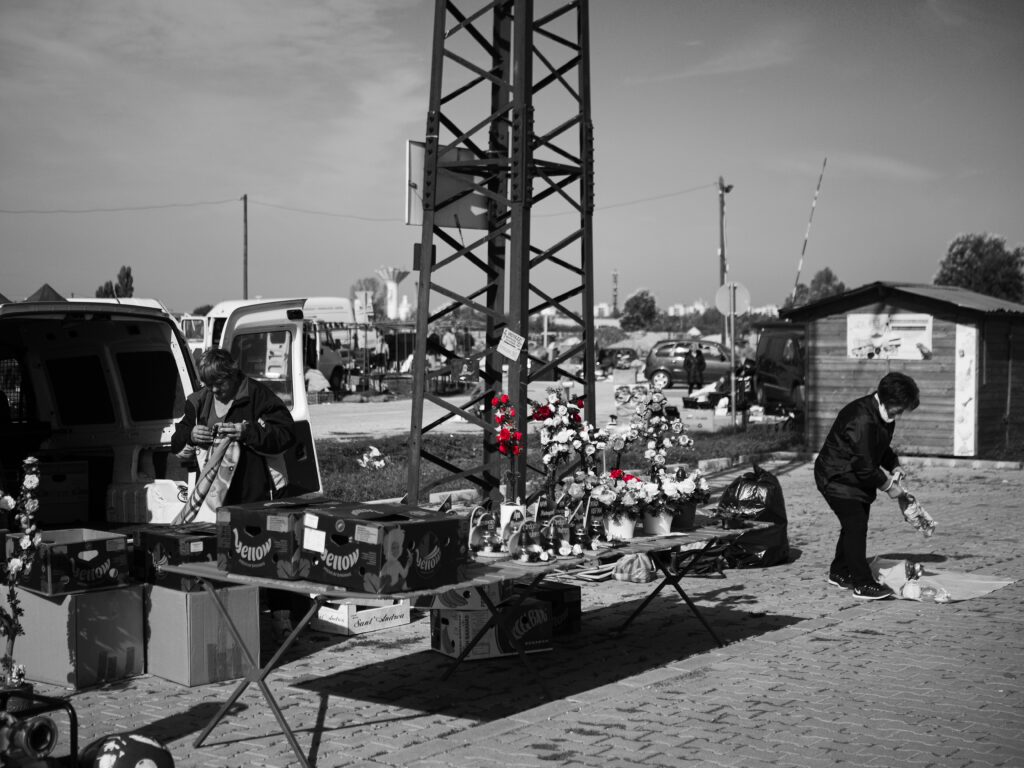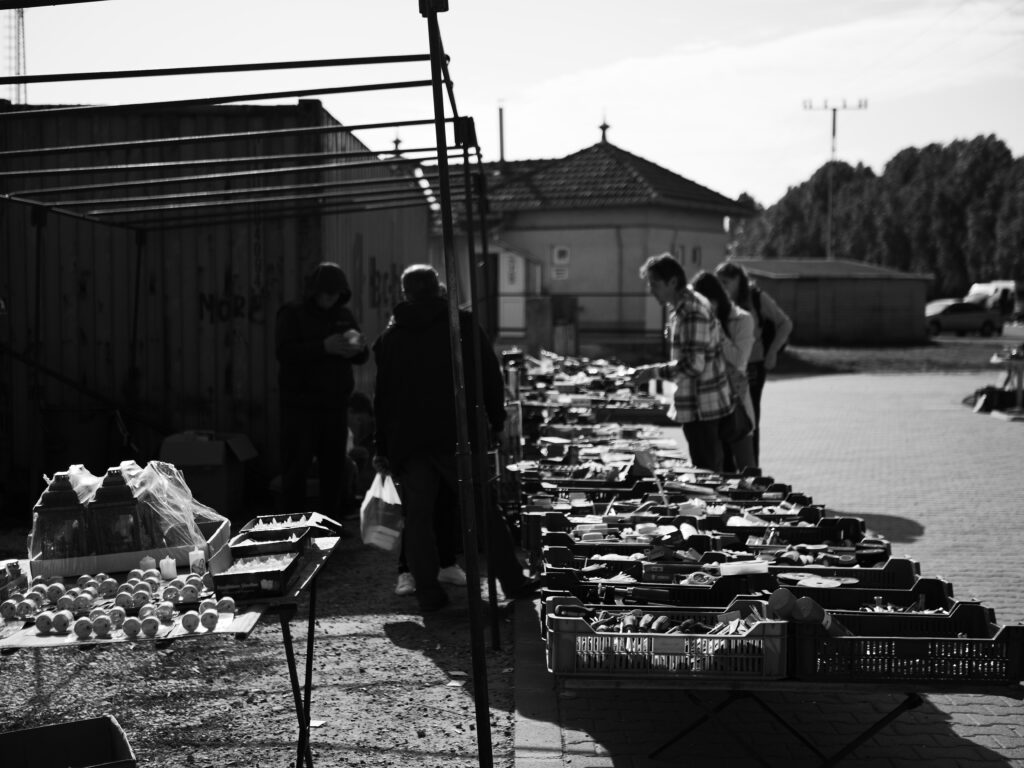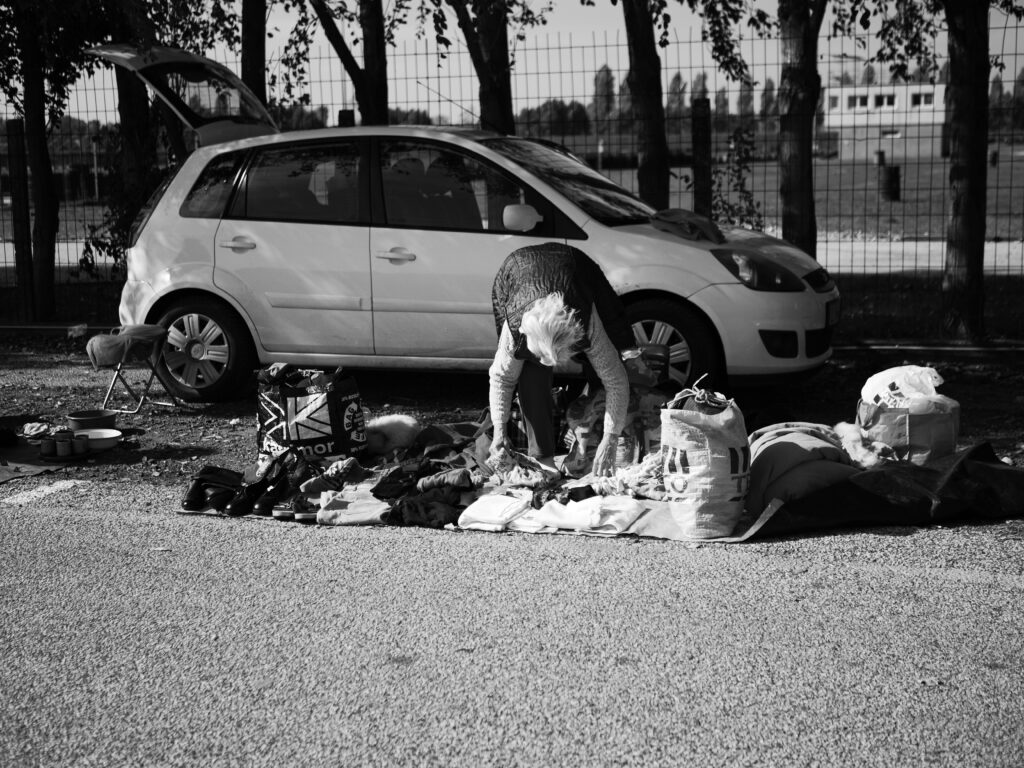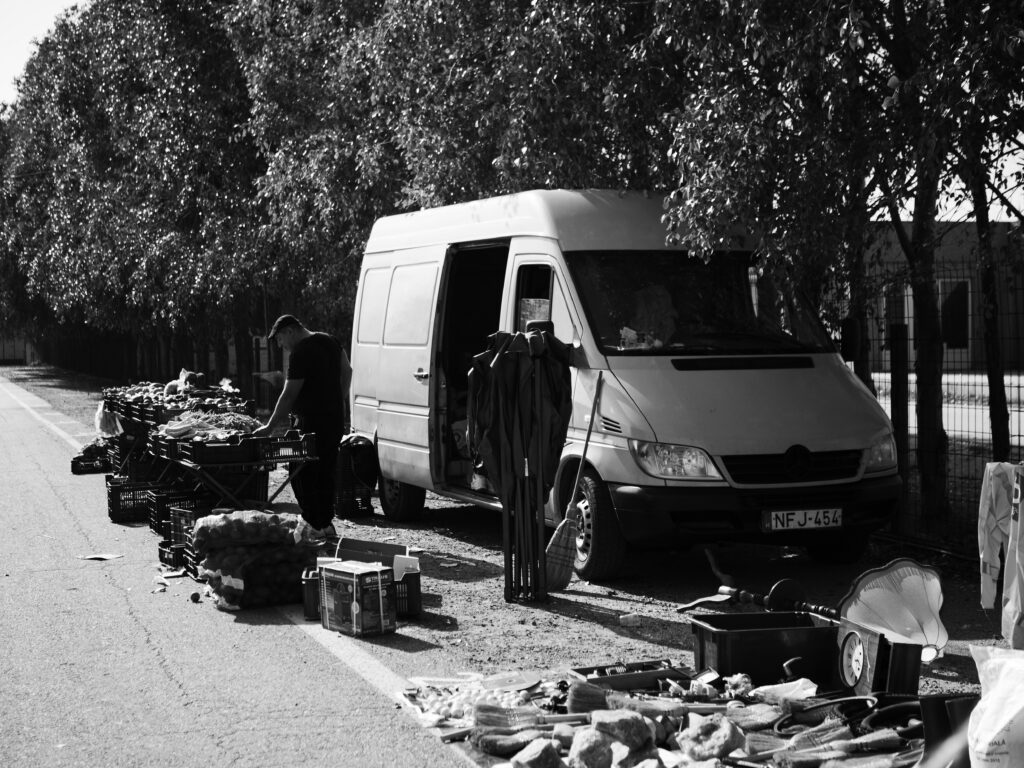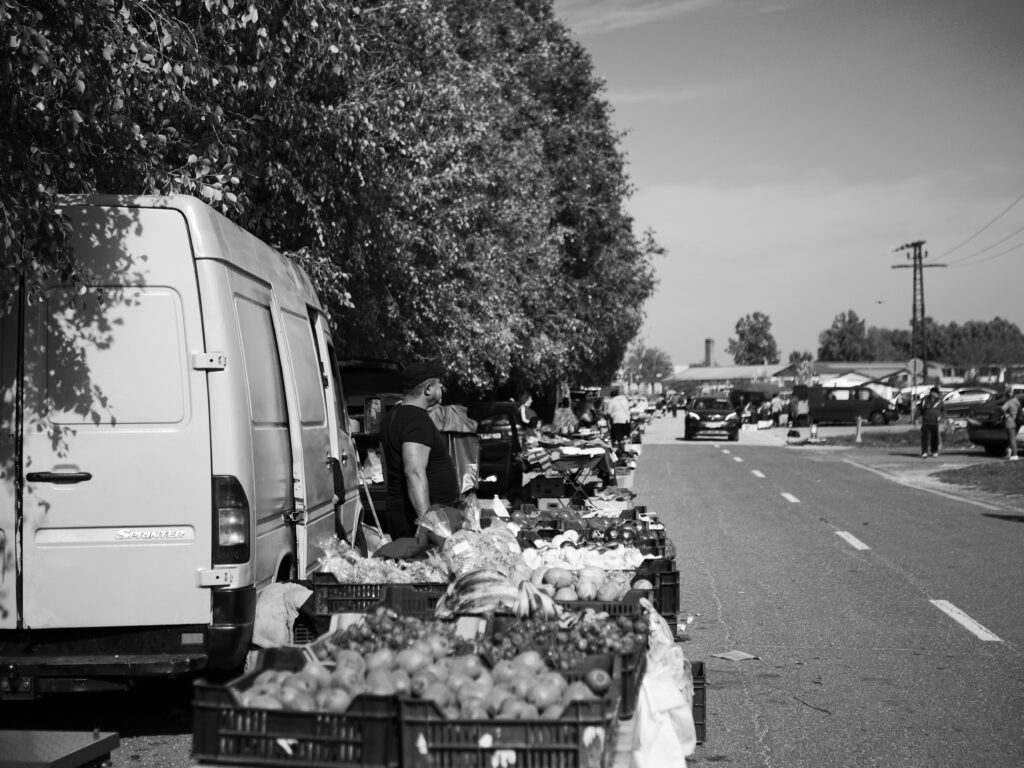Photographed October 15, 2022
Agriculture accounted for almost 4% of Hungary's economy in 2017, one of the highest shares in the European Union, whose average share of agriculture in the economy was 1.6%. The food industry is another large part of the Hungarian economy. Hungary has a rich tradition in agriculture and its cuisine is renowned. To this day, its agriculture is almost self-sufficient and export oriented. Food and foodstuffs are an essential part of Hungarian culture and play a major social role. In Hungary, agriculture has even become very linguistically interwoven into the economy and culture. Rich in Hungarian is gazdag, but the word gazda, from which the former is derived, means farmer. And the name of the Hungarian national dance, csárdás, comes from the word csárda, which means inn or tavern. One social occasion associated with eating is, of course, dining together, but this is reserved for private circles in most households, with a few exceptions. A more open and even more social occasion with the involvement of food is not eating but buying. Hand in hand with the tradition of food and foodstuffs goes the tradition of markets (piacok) in Hungary. Every town and city has its own market with traditional Hungarian food.
Another characteristic feature of Hungary is the presence of a large Roma diaspora. They are the largest minority in the country. It is estimated that there are between 500 000 and 1 000 000 Roma living in Hungary, or that they make up 5-10% of the Hungarian population, which is again a very high figure in comparison with other EU countries. And although Hungary is one of the developed economies of the world, the Roma diaspora continues to face economic difficulties, increased unemployment, and discrimination on the labour market. As a result, its members are often dependent on their own means of subsistence, including the economic recycling of second-hand goods or the resale of consumer goods.
Where do these two phenomena, the tradition of markets and the issue of the Romani minority, meet? What happens when something as universally respected and acknowledged as Hungarian cuisine and one of the related practical phenomena meets with a side of society that is often turned away from in the mainstream view. One occasion of their contact is the so-called nagybani piac, for which a flea market would probably be the most apt translation. Food and groceries, however, can only be found there to a minimal extent, rather limited to fruit and vegetables or snacks for shoppers. And the Roma make up the majority, but not the entirety, of those present at the market, and that applies predominantly to the sellers. Among the buyers, their share is even smaller. Nevertheless, in basic terms it is a combination and a clash or fusion of these two aspects of Hungarian culture, although this particular form of outcome is not exclusively specific to Hungary. Rather, what is specific is its involvement in the context of the meaning of both phenomena.
I went to one such market in the city of Kecskemét to photograph it and that is how this documentary series was created. It is a place where you can really get everything from supposed solar panels, old lamps and second-hand furniture, clothing of dubious brands and kitchen equipment to car parts and plastic toys. In short, there is nothing I would rather buy there than a langos at a snack stall.

